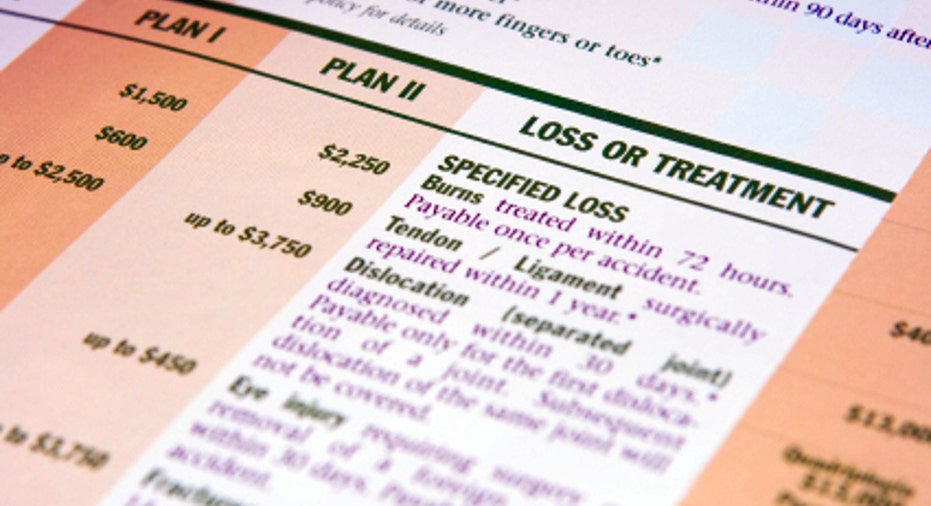Purchasing Coverage Off ObamaCare Exchanges: What are Your Options?

The federal and state-run health insurance exchanges under the Affordable Care Act have been dominating headlines as they make their debut on Oct. 1, but consumers don’t have to enter these marketplaces to find coverage.
Those looking to explore options or purchase coverage off of the ACA’s exchanges have three routes to explore, according to Dr. Jeff Rice, CEO of Healthcare Blue Book. They can either work with insurance agents or brokers, individual insurance storefronts in certain states, and finally via the individual insurers themselves, he says.
“It could be the broker that does your home or car insurance, or you can go right to the insurer’s website and it’s just like buying airline tickets online,” he says. “The carrier does have to participate in your state, they will be very clear on that.”
Finding a plan off the public health insurance exchanges could be a better choice for some as they allow the option to bundle health insurance with other products including auto, dental or home insurance.
Coverage options will be similar across the industry because all insurers have to follow the same rules, according to Joel Ario, managing director at Manatt Health Solutions, an interdisciplinary policy and business advisory division of consulting firm Manatt, Phelps & Phillips.
“The same rules apply off-exchange: basic market rules of age rating, standard geographical rates,” Ario says. “But the only people who really have the incentive to purchase through the exchange are those who want subsidies. The law is designed to keep as much of a level playing field as possible, so you should not get a specific advantage for buying off the exchange.”
But insurers may be concerned about having a less-healthy population purchasing coverage from them on the government’s exchanges, he says. Consumers should compare prices and evaluate coverage offering for various plans before signing up for one, Ario recommends.
“It’s always wise to consider your options, and the exchange marketplaces will make it easy for consumers to shop,” he says. “You can get a baseline price on the exchange and then go more traditional routes through an insurance broker or an individual insurer.”
Consumers looking to get a subsidy can only receive it through a public exchange. Consumers eligible for subsidies should remember that insurers may be offering different plans off exchange than they are on exchange, says Carrie McLean, director of customer care for eHealth. Those who make up to 400% of the federal poverty level can qualify for a subsidy, meaning up to $45,000 per year for an individual and $94,000 for a family of four.
“For example, [not all] carriers are offering platinum level plans [the highest coverage level under the new law] on the exchanges, but they do offer them off-exchange,” McLean says. “If ObamaCare has brought one thing to the table, it’s more options. But going to the exchanges in your state is not the only option, and consumers need to be aware that if they don’t like what they see on the exchange, there will be other options.”
Rice also cautions that those with high-deductible plans, regardless of where they purchase coverage, should shop around before obtaining care if possible by calling doctors and hospitals to get pricing in advance.
Consumers who already have insurance should also look out for information from their current carriers, McLean says, as they may be transferred over to a new plan under the ACA.
“They may also be given a choice to keep the plan they have today until next year, which could be a good option,” she says.



















